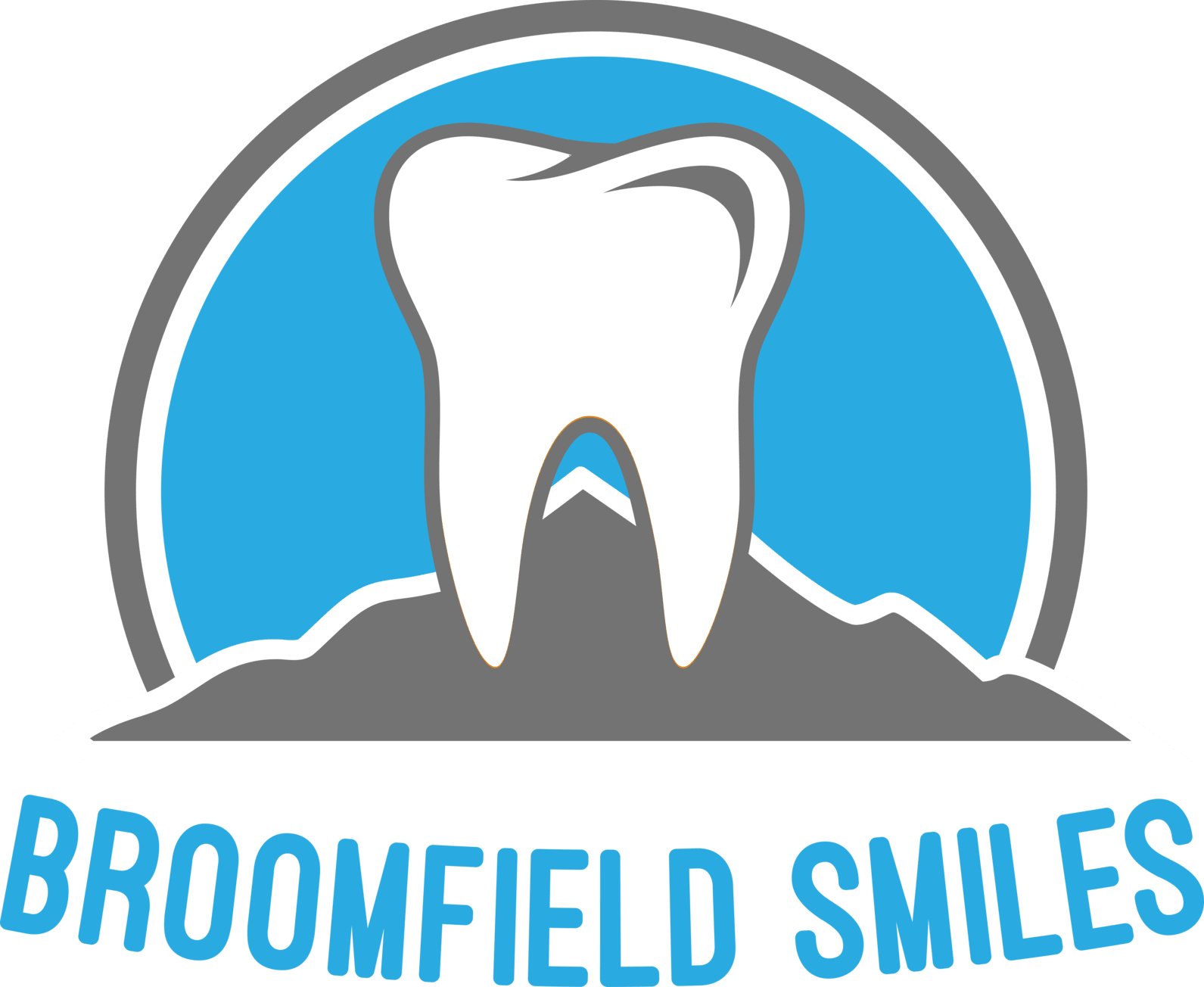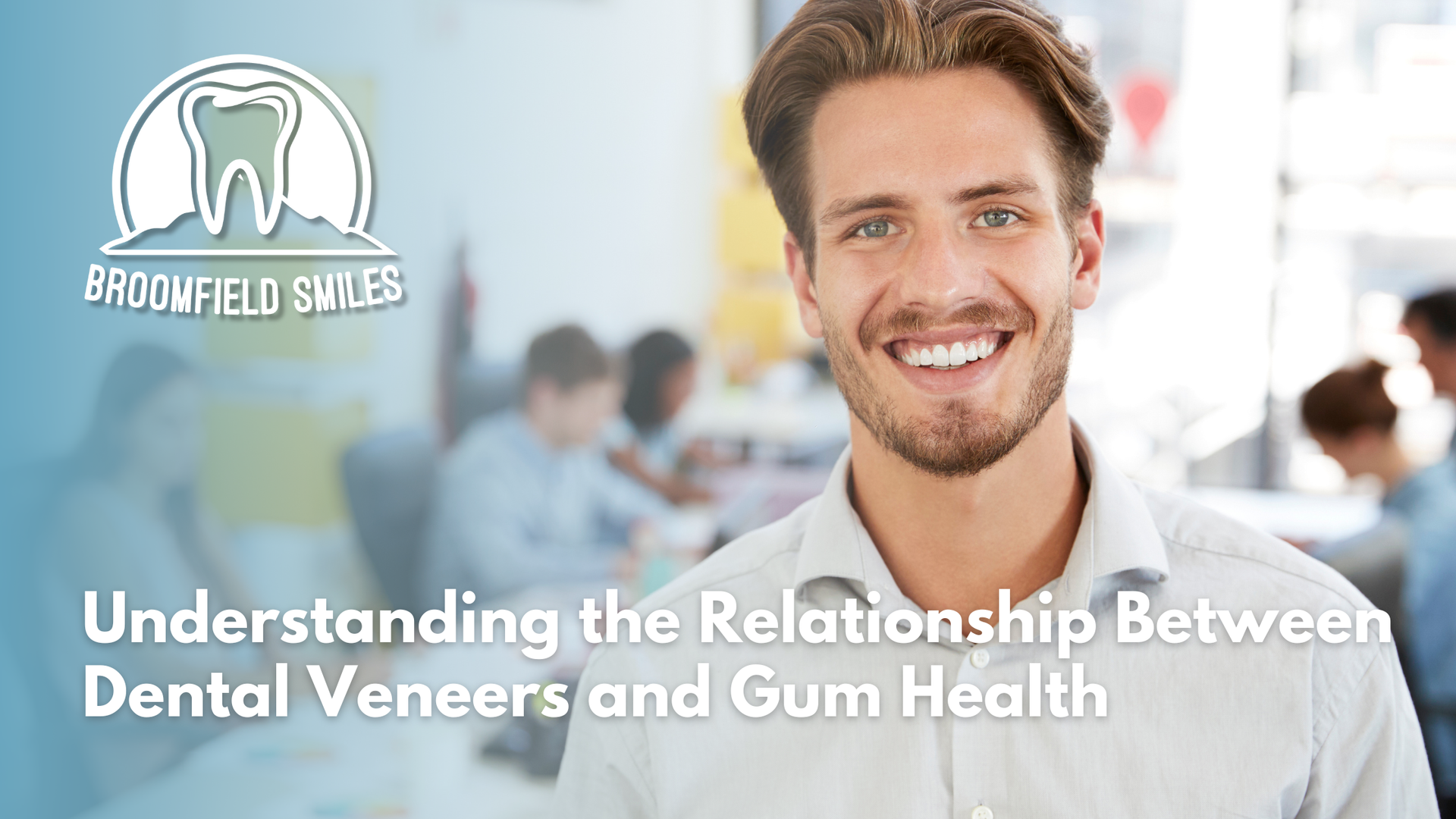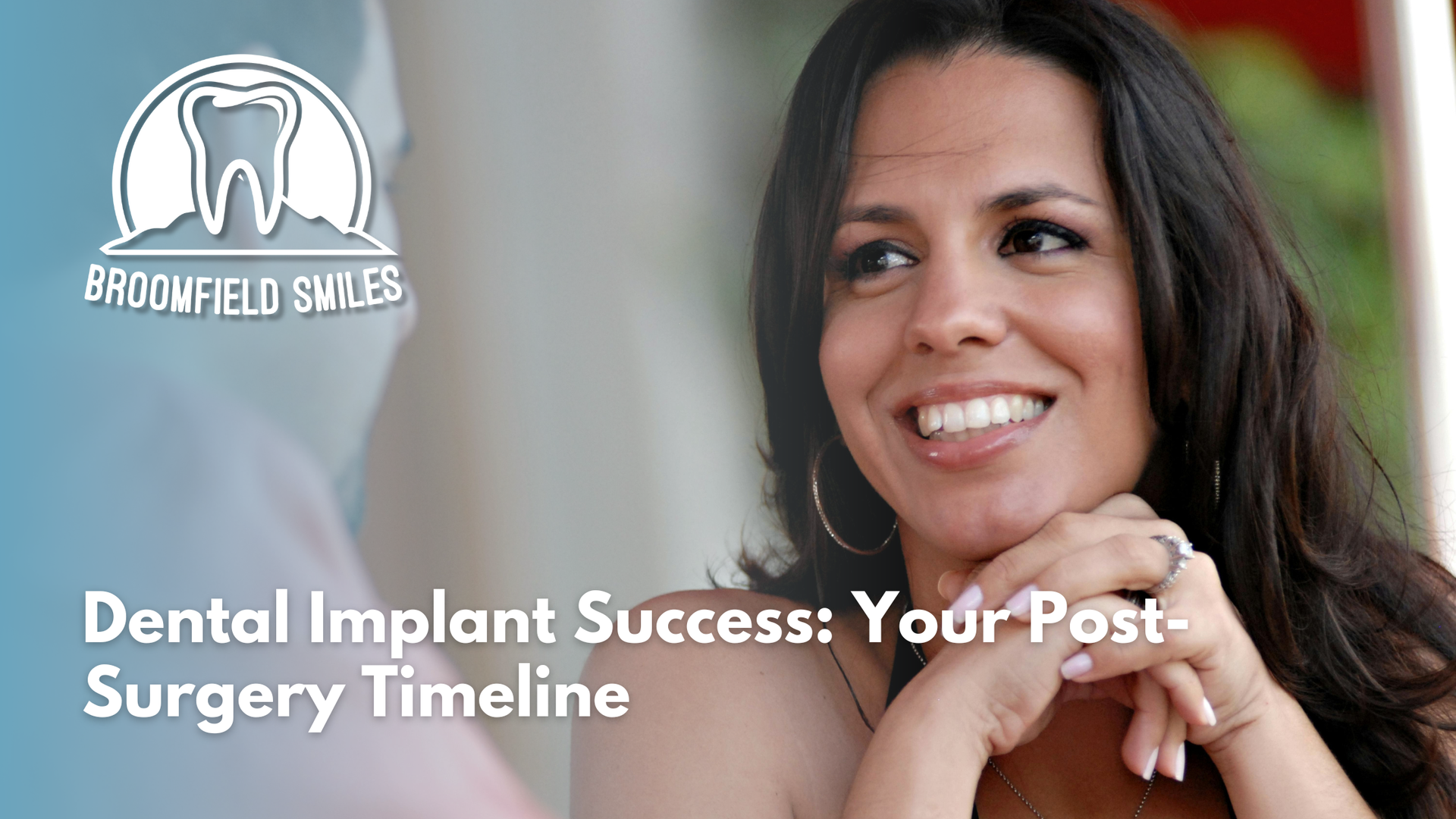A dental bridge is used to replace missing teeth and help restore your smile. Bridges replace missing teeth with artificial teeth and “bridge” the gap between missing teeth. They can be made from gold, alloys, porcelain or a combination of materials, and they are attached to the surrounding teeth or implants for support. Dental bridges can help restore your bite and maintain the natural shape of your face.
Different Types of Bridges:
There are four main types of dental bridges; Dr. Petersen will work with you to come up with a customized treatment plan and an option that is best for you and your smile.
- Traditional Bridges: This is one of the most common types of bridges and is typically made of either porcelain fused to metal or ceramic. These bridges consist of one or more pontics (or fake teeth) and are held in place by dental crowns. These dental crowns are also known as abutments, and they are cemented onto teeth adjacent to the missing tooth. Traditional bridges can be used when you have natural teeth on both sides surrounding the missing tooth.
- Cantilever Bridges: This type of bridge is very similar to a traditional bridge; however, the pontic is supported on only one side, rather than on both sides. This allows for the bridge to be supported with only one natural tooth next to the gap.
- Maryland Bridges: These are considered to be a conservative alternative to a traditional bridge. With a Maryland Bridge, a pontic is held in place by a metal or porcelain framework. The framework is bonded to the backs of two teeth that are adjacent to the missing tooth. This option is more conservative since it doesn’t require a crown, therefore the adjacent teeth do not need to be filed.
- Implant-Supported Bridges: This option is used to replace more than one missing tooth. Instead of the bridge being supported by a crown, the bridge is supported by a dental implant. Usually, one implant is placed for every missing tooth, and the series of implants hold the bridge in place.
What are the benefits to dental bridges?
- Restore your smile
- Restore the ability to properly chew and speak
- Maintain the shape of your face
- Prevent remaining teeth from moving or shifting
If you are self-conscious about your smile due to missing teeth, a dental bridge may be your solution!




